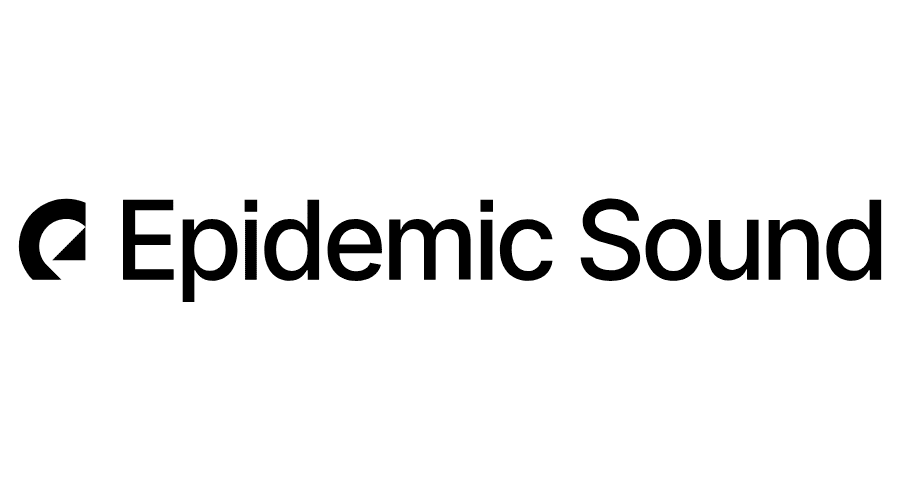So You Got a Copyright Claim from Epidemic Sound? Here's What to Do

A common scenario for many creators: you've poured your heart and soul into a video, uploaded it to YouTube, and it's starting to gain some traction. Then, you see it – the dreaded "Copyright Claim" notification. Your heart sinks. This is the exact situation a Redditor recently found themselves in, after using music from Epidemic Sound without a license and later wanting to monetize their content. The good news is, this is a fixable problem. This article will guide you through the steps to resolve this issue and get your content back on track for monetization.
If you're looking to use Epidemic Sound's music legally and avoid these issues in the future, you can get a discount on their subscription through our Epidemic Sound Discount Code page. Getting a license before you publish is the best way to protect your content and your revenue.
Understanding Epidemic Sound's Licensing Model
First, it's important to understand how Epidemic Sound's licensing works. Unlike some royalty-free music libraries, Epidemic Sound operates on a direct licensing model. This means they own all the rights to the music in their catalog, from the composition to the master recording. When you subscribe to Epidemic Sound, you are granted a direct license to use their music in your content. A key feature of their service is channel safelisting. You connect your YouTube channel (or other social media accounts) to your Epidemic Sound account, and they will automatically clear your videos with their music. As long as you have an active subscription when you publish your content, you are covered, and any content published during your subscription period is cleared to be monetized forever [1].
YouTube's Content ID System: Claim vs. Strike
When you upload a video to YouTube, its Content ID system automatically scans it to see if it contains any copyrighted material. If it finds a match, it will issue a Content ID claim. It's crucial to understand that a Content ID claim is not a copyright strike. A copyright strike is a more serious issue that can negatively impact your channel's standing. A Content ID claim, on the other hand, typically results in one of three actions, as determined by the copyright owner [2]:
- Block: The video is blocked from being viewed.
- Track: The copyright owner can track the video's viewership statistics.
- Monetize: The copyright owner can place ads on your video and collect the revenue.
To clarify the difference, here is a table summarizing the key distinctions between a Content ID Claim and a Copyright Strike:
| Feature | Content ID Claim | Copyright Strike |
|---|---|---|
| Origin | Automated system (Content ID) | Manual takedown request by copyright owner |
| Severity | Less severe | Very serious |
| Impact on Video | Monetization redirected, or video blocked/tracked | Video is removed from YouTube |
| Impact on Channel | No direct impact on channel standing | Negatively affects channel standing; 3 strikes can lead to channel termination |
| Resolution | Dispute through YouTube Studio | Requires a retraction from the claimant or a successful counter-notification |
Epidemic Sound's policy is to monetize, not block or take down, videos that use their music without a license. This means your video will remain live, but you won't be able to earn any ad revenue from it until the claim is resolved.
The Problem with Retroactive Licensing
The core of the Redditor's problem lies in the timing. They used the music before acquiring a license. Unfortunately, purchasing a license after you've already published a video with unlicensed music does not automatically resolve the existing Content ID claim. The license you purchase covers future uploads, but it doesn't retroactively apply to content published before you were a subscriber. This is a common point of confusion for many creators.
How to Resolve an Existing Epidemic Sound Copyright Claim
Even though you can't retroactively license the music in the traditional sense, you can still resolve the claim and regain monetization of your video. Here's a step-by-step guide:
- Get an Epidemic Sound Subscription: The first step is to purchase an Epidemic Sound subscription. This demonstrates to them that you are now a legitimate, paying customer.
- Link Your YouTube Channel: Make sure your YouTube channel is correctly linked to your new Epidemic Sound account. This is a critical step that many people miss.
- Dispute the Claim in YouTube Studio: Go to your YouTube Studio, find the video with the claim, and file a dispute. In the dispute notes, you should include:
- Your contact email address.
- Your Epidemic Sound account information.
- A brief explanation that you have now purchased a license and have linked your channel.
- Wait for Resolution: Once you've submitted the dispute, Epidemic Sound will review it. Based on numerous user experiences shared on Reddit, they are generally quick to release claims once they can verify that you have a valid subscription [3].
Preventing Future Copyright Claims
To avoid this situation in the future, the best practice is to always have an active Epidemic Sound subscription before you publish any content with their music. Make sure your YouTube channel is properly linked in your Epidemic Sound account settings. This will ensure that your videos are automatically safelisted and you won't have to deal with the hassle of copyright claims.
Conclusion
Receiving a copyright claim can be stressful, especially for a small channel trying to build momentum. However, when it comes to Epidemic Sound, it's a manageable issue. By understanding their licensing model, the YouTube Content ID system, and following the steps to dispute the claim, you can resolve the issue and get back to monetizing your content. Remember, the best way to avoid these problems is to be proactive and secure the necessary licenses before you publish.
References
[1] Monetize content safely by licensing music | Epidemic Sound
[2] Learn about Content ID claims - YouTube Help
